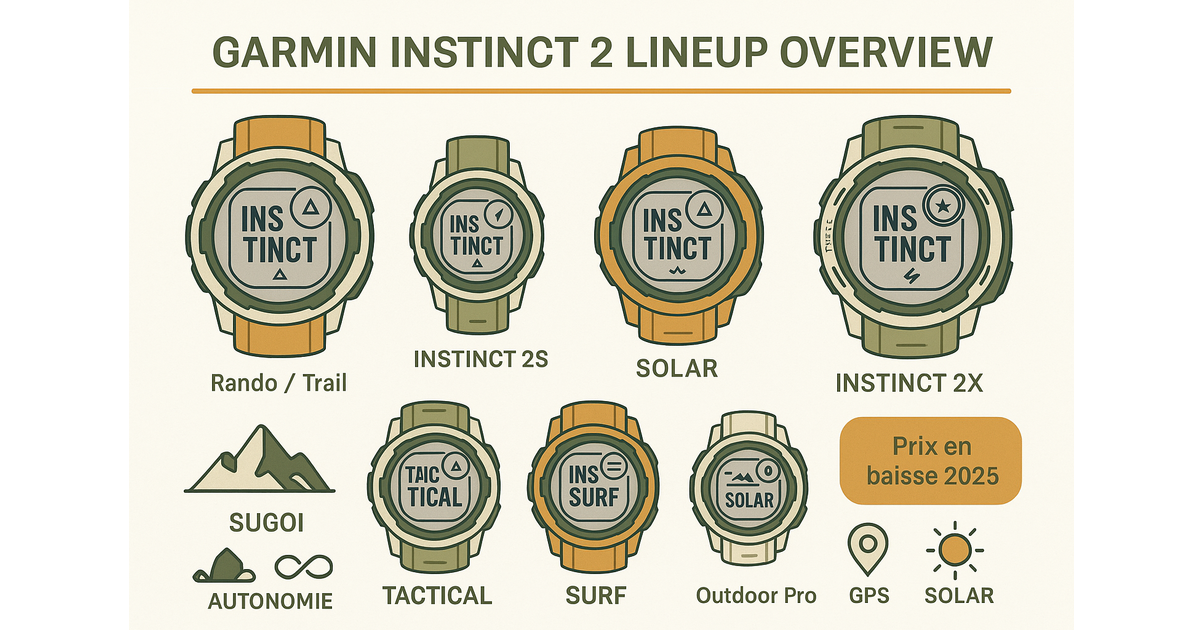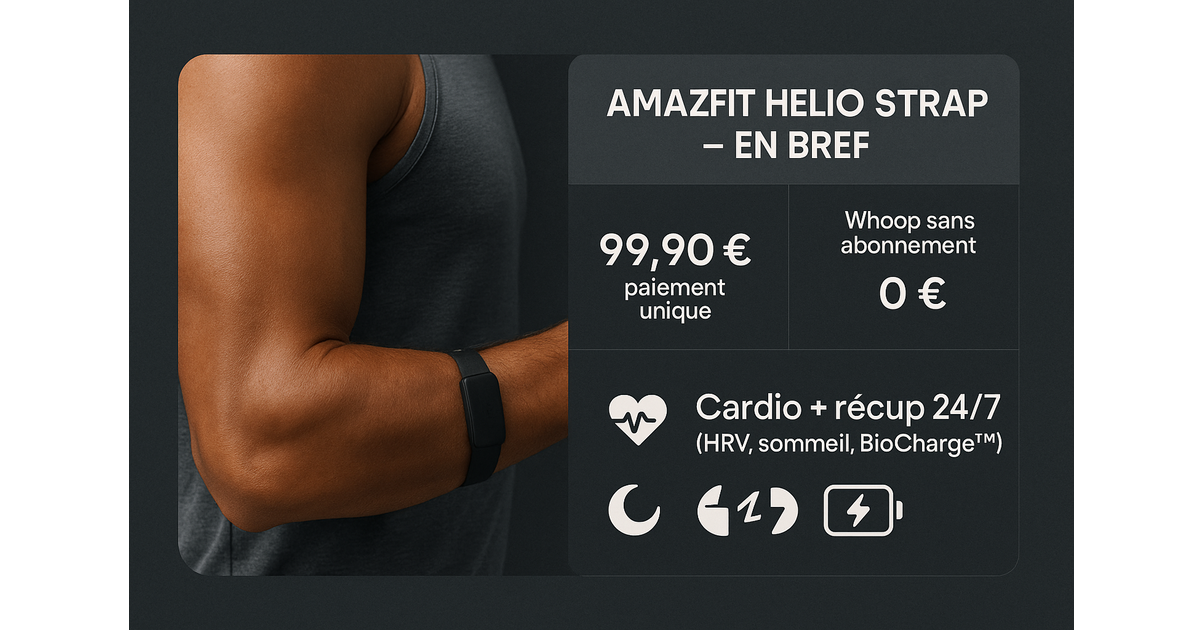Table of Contents
Context and design: two luxury tanks for the sea and the mountains
Two generations, same diving DNA
There Huawei Watch Ultimate was released in 2023: 10 ATM, certified diving up to 100 m, large metal case, real diver’s/outdoor watch, not an office gadget. In 2025, Huawei is doing it again with the Watch Ultimate 2 : same target, but deeper, brighter, more packed with sensors.
Both remain ultra-premium watches, designed for diving, committed hiking, expeditions and golf. Not to count three steps in the living room. In short, if you are hesitating between these two, you are clearly at the top of the basket.
Materials, case, presence on the wrist
The two watches share the same philosophy: stainless steel case zirconium-based liquid metalceramic bezel, sapphire crystal. It sounds marketing, but in hand, it doesn’t deceive: it’s cold, dense, it doesn’t sound hollow. You immediately feel that this is not an entry-level GT.
The Ultimate 2 pushes the needle a little further in terms of finishing: slightly reworked case, sharper octagonal silhouette, better finished fluoroelastomer strap. On an average wrist, it works. On a thin wrist… honestly, it’s massive, almost too much, especially in purely urban use.
Screen and readability in direct sunlight
Both watches feature a 1.5″ LTPO AMOLED display in 466 × 466 px. On paper, it looks the same. Actually, no.
The first Ultimate already revolves around 600 nits of brightness measured, sufficient to read data at high noon on the deck of a boat, without squinting every two seconds. The Ultimate 2 explodes the counters with a peak announced at 3,500 nits. You turn your wrist, and the screen literally pierces the sun. It’s violent, but devilishly readable for a diver or a high mountain trekker.
So, in terms of visual comfort, there is no debate: same dial, same size, but the Ultimate 2 is a real slap in the face in terms of extreme readability. At the cost of something else, we come back.
Health sensors, GPS and diving: where the Ultimate 2 really widens the gap
Health sensors: from TruSeen to TruSense + X-Tap
There Huawei Watch Ultimate is not ridiculous: already solid optical cardio sensor, ECG, SpO2, stress monitoring, advanced sleep. During my running and weight training sessions, the heart rate curves remained generally clean, with sometimes a few hiccups during very nervous intervals.
There Huawei Watch Ultimate 2 goes to a higher level with the system TruSense and the “Distributed Super-Sensing” multi-sensor module coupled with the famous button X-Tap on the edge. Here, we are no longer just dealing with wrist optics: the watch combines optical, electrical, mechanical and even acoustic sensors to refine the measurements.
In the Ultimate 2, the sensor… no, actually, the whole TruSense suite is new. And it shows in the data: more stable heart rate on climbs, more consistent SpO2, finger-triggered ECG via X-Tap with results much closer to a belt or an external ECG.
For an “ordinary” user, both will do the job. For someone who really cares about its metrics (HRV, suspected sleep apnea, recovery), the Ultimate 2 begins to justify its extra cost. I detail all this in my full Huawei Watch Ultimate 2 review.
Sunflower GPS: precision and navigation
Both watches are based on multi-band/multi-constellation GNSS, with this famous in-house system Sunflower. The first Ultimate already offered good precision: over a round trip of 2.1 km measured, the differences remained reasonable, with sometimes a track that “licks” a little the buildings in town.
On the Ultimate 2, Huawei announces a Improved Sunflower : dual frequency, five systems covered (GPS, GLONASS, Galileo, BeiDou, QZSS), revised correction algorithms. In practice, we go from an error radius of around 10 m to more like 7–8 m in complicated areas. It doesn’t seem like much, but on a long track, it eliminates a lot of parasitic zigzags and it stabilizes distance and pace.
In my field tests (city loops around Toulouse, undergrowth and valleys), the Ultimate 2 locks the signal faster, drifts less close to buildings, and sticks better to reality on segments that I know to the nearest meter. There, yes, the technical gap is real.
Diving and sonar: gadget or professional weapon?
On the diving side, the Watch Ultimate already supports up to 100mwith multiple modes (leisure, technical, apnea), depth, dive time, ascent speed, security alarms. For 99% of recreational divers, this is already more than enough.
There Watch Ultimate 2 pushes the cursor to 150m and 20 ATM, with even more advanced diving algorithms. Honestly, who needs 150 meters? It depends, of course, but for 99% of people, the 100m was already more than enough. For tek divers, professionals, or those who just want the best to reassure themselves, this extra margin will not be too much.
Where Ultimate 2 really changes the game is with its mini underwater communication sonar. Two Ultimate 2s can exchange pre-recorded messages and emojis from up to around 30m away, with an SOS mode that carries further. It is sent by acoustic pulses, not by magic Bluetooth: low speed, but sufficient to say “OK”, “go back”, “problem”, without approximate gestures.
That’s a bad idea… if your club is 100% equipped with Suunto or dedicated dive computers. But if you dive in a pair equipped with Huawei, this is a huge advantage: fewer misunderstandings, more security, and a message history that can be consulted after the dive. Very niche, but very serious.





